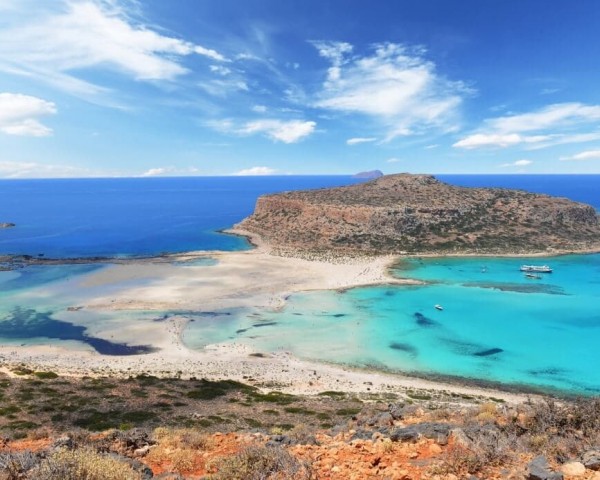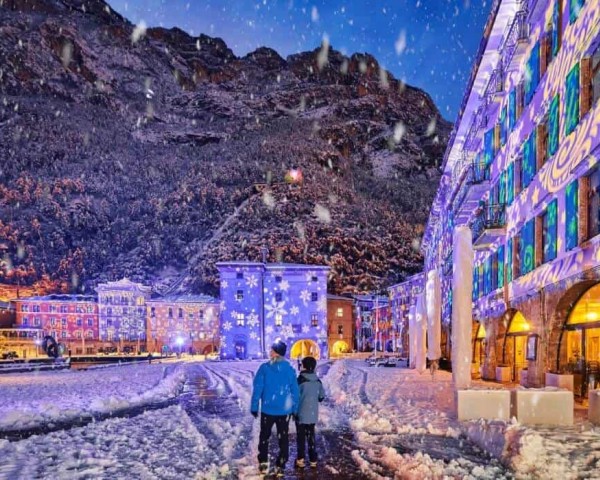Russian domestic tourism has grown
As the leaves turn gold and Moscow feels the familiarity of autumn, Russians, like clockwork, prepare for autumn’s departure. However, as of the last few years, something is changing where people choose to go. Think less of the beaches of Sochi or the volcanoes of Kamchatka; Instead, more and more visitors are heading to the rugged mountains and ancient fortresses of Dagestan and Chechnya. These republics in the North Caucasus, which have long been viewed with suspicion, are breaking old reputations and becoming surprising stars in Russian domestic tourism.
A post-pandemic pivot to domestic tourism
It really started in 2020. The pandemic has halted international travel, essentially forcing Russians to explore their vast country. This need has turned into a real trend, and the 2022 war in Ukraine, and sanctions and stricter visa regulations have amplified it all. Flying abroad became a headache, and suddenly, those far-flung, exotic places seemed less appealing than what was available—and cheaper—at home.
The data supports this change. Tass news agency quoted Deputy Prime Minister Alexander Novak as saying that tourist arrivals to the North Caucasus have increased by about 75% in three years. Investment? It transforms overgrown, old paths into smooth streets and simple accommodations into charming boutique hotels. Dagestan, a Muslim-majority region of three million near the Caspian Sea, is a good example. Once written off by some in the media as “not really vacation stuff,” it now attracts city dwellers seeking peace amid alpine meadows and sparkling waterfalls.
Chechnya sees the same popularity. Grozny, the capital, rebuilt after hard times in the 90s and 2000s, is alive again. Previous issues, particularly the idea that Dagestan was a recruiting ground for fighters in Syria, had deterred travelers. Also, things like the FSB’s prevention of a terrorist plot in Makhachkala or the airport robbery in the fall of 2023 did not help. Still, as Novak points out, these areas show their value; They offer long-lasting snow, ideal for winter sports.
Government green lights and personal ambitions
Government influence is clear. For a while, they supported places like Kamchatka, but now, they also support the Caucasus. There are funds for tourism infrastructure, and special economic zones attract developers with tax incentives. Beyond government funding, public-private partnerships are becoming increasingly important. Companies invest in ski areas, cable cars, and eco-lodges, hoping for year-round profits. Novak noted that the snow “has been here for a long time,” pointing to their advantage over other Russian ski resorts.
But it’s not just skiing; There is a focus on health. Dagestan has mineral springs, which provide a relaxing experience similar to European thermal baths. Maria Zakharova noted in the telegram that Dagestan – and the Caspian region – is a meeting place of civilizations. Where Europe and Asia meet, and East and West seem to be a turning point in world history. This vision presents the region as a cultural hub rather than a fringe, urging Russians to explore the rest of the Silk Road in the old citadel of Derbent, a UNESCO site even older than Rome.
The surprising benefit of sanctions
This increase in domestic tourism does not happen independently. This is related to Russia’s economic recovery due to sanctions. Because international financial transactions are limited, and asset freezes are likely, wealthy Russians — from the super-rich to small business owners — are putting their money in places considered safe from geopolitical issues. Domestic tourism is an ideal example: real, affected by sanctions, and with the potential to expand.
This trend is not unique to the Caucasus region. Russian business media outlet Kommersant notes that sales of luxury properties in Moscow increased by 51% in the first six months of 2025, reaching a record high of 160 billion rubles (or $1.6 billion). Everything is being bought, from modern apartments in high-rise buildings to huge shopping centers. St. Petersburg shows a similar trend, with buyers quickly snapping up properties along the Neva River as a way to hedge against volatility. Experts call it the “castle approach”: When global markets get difficult, invest in strong domestic assets.
Some might argue that this rosy picture ignores the ongoing dangers—security measures are still in place, and underlying ethnic conflicts persist. However, many Russians now see things differently. In a time of rising prices and an unstable ruble, a short trip to the highlands of Dagestan offers not only a break, but also a show of strength.
A new season for the Caucasus?
As the season turns from autumn to winter, the North Caucasus is faced with an important point: can it really transform from an outback to a popular destination in just ten years? Whether this growth continues depends on lasting peace, improved facilities and interesting stories. For now, it shows Russia’s adaptability — and serves as a reminder that even when isolated, adventure is close at hand. So, dress warmly; The mountains await.




Post Comment